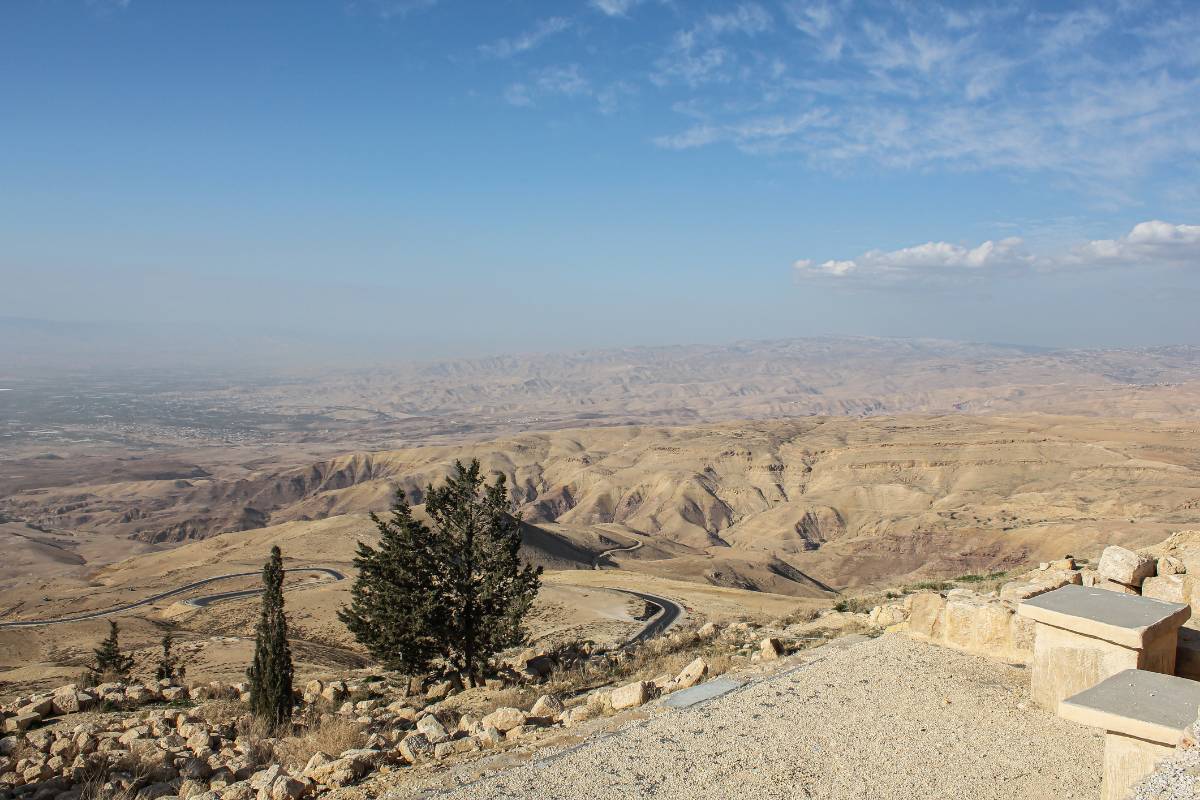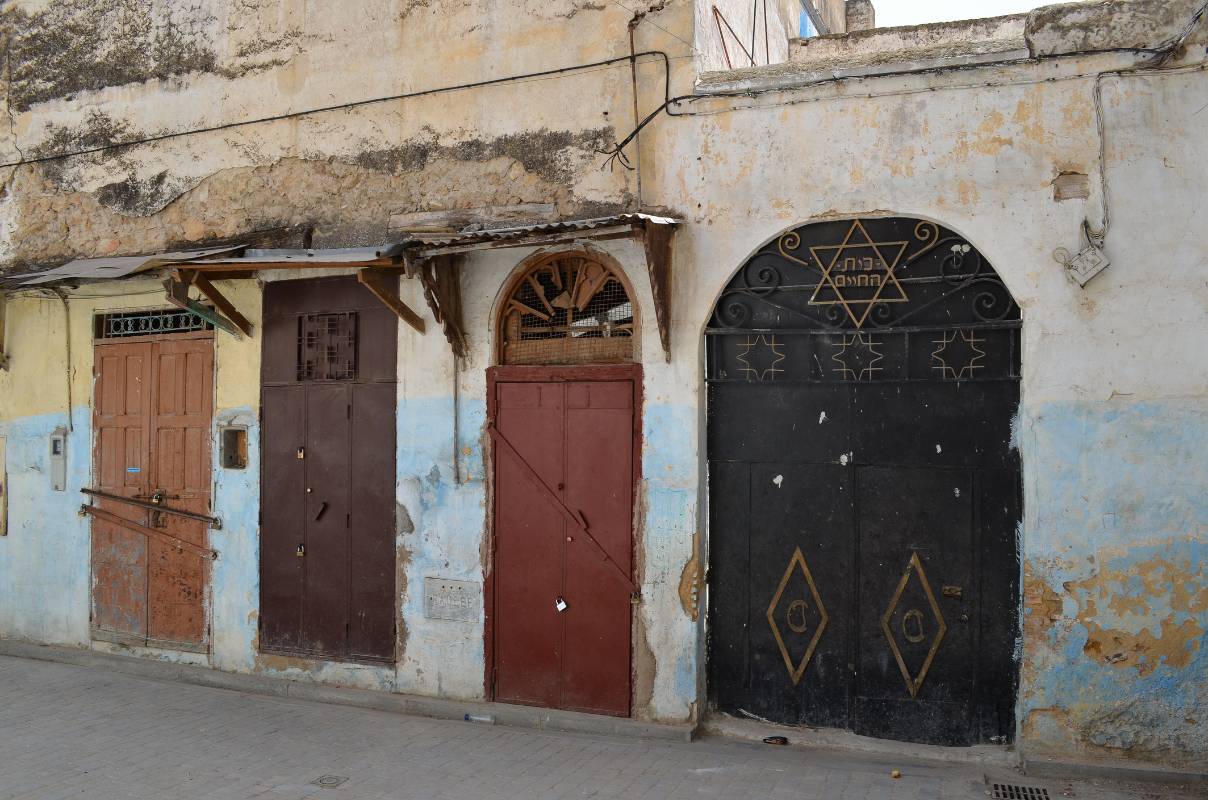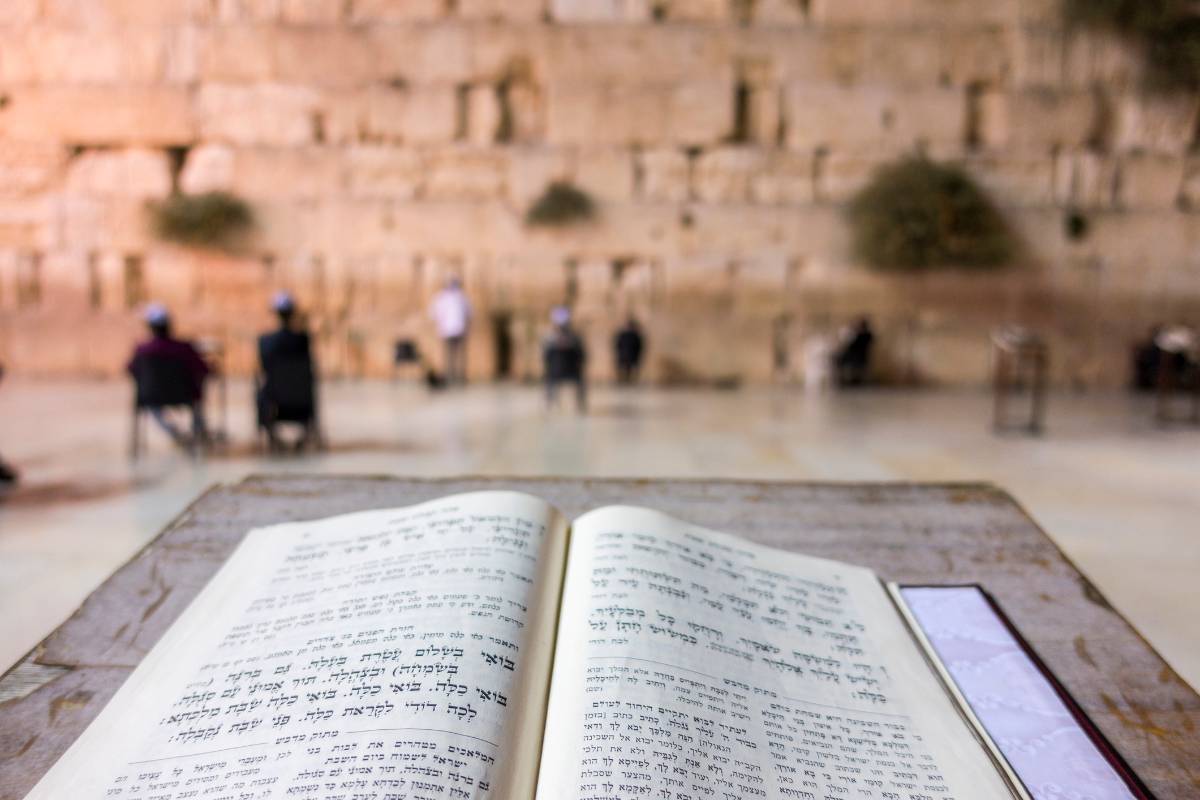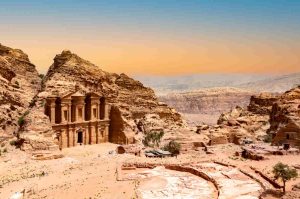The history of the Jewish people is not limited to the territory of present-day Israel, far from it. It also extends to many other countries to which the Hebrew population was forced to emigrate in order to put down roots and, later, return in large part to the Promised Land with the creation of the State of Israel. And Mandala Tours agencies are experts in Jewish heritage in the Middle East. In the following lines we will tell you some realities that you will be able to discover if you want to organize a trip with us focused on this religion.
The Sinai Peninsula and its sacred sites
The Sinai Peninsula will forever be linked to the name of Moses. This prophet, so important for the Jewish religion, was a native of the territory of present-day Egypt and lived in the Sinai Peninsula, where he experienced such important episodes as the reception of the Tablets of the Law on Mount Horeb, or the miracle of the burning bush in the present monastery of Santa Catalina. Both places can be visited, and in the case of Mount Horeb, its ascent during the night and at dawn is a truly mystical experience, since the light that envelops the mountains of this range and the peace that one breathes here invite one to immerse oneself in the emotions that Moses must have experienced in these sacred episodes.

Biblical sites in Jordan
Jordan can also be proud to have on its territory important sites of Jewish heritage in the Middle East. And many of them are related to Moses, who traveled the so-called King’s Highway until he reached Mount Nebo: from there he contemplated the Promised Land and died there shortly after. Another mythical place is the Spring of Moses, in Wadi Musa, where he would have given a stroke of the rod to make the water gush and give drink to his thirsty followers. In addition, the prophet Elijah is also featured in some destinations in the country, such as Ajloun, where his birthplace is believed to be, or Bethany, where he is believed to have ascended to heaven.

The mellahs of Morocco
One of the places where the Jewish people found better accommodation was Morocco, whose sultans promoted the protection of their communities for their good preparation for public affairs and medical issues, mainly. The Jewish population, in fact, was numerous in the country until the Aliyah, living in their own neighborhoods in or near the medinas. Strolling through these neighborhoods and evoking this legacy is possible in cities such as Essaouira and Fez, where wonderful synagogues are still preserved. The city of Casablanca, where the largest Moroccan Jewish community still resides, is home to an important Jewish museum.
The Sephardim in Turkey
The Sephardim are the Jewish population from the Iberian Peninsula. They were dramatically expelled from it at the end of the 15th century and were forced to seek refuge in other countries. Some went to Morocco, but it was the Ottoman Empire that most openly welcomed these exiled Sephardim. Even today it is possible to learn about their situation and lifestyle in cities such as Istanbul, where they still use their language, Ladino, which is related to medieval Spanish.

… and of course, Israel
One of the countries in which Mandala Tours organizes tours, excursions and activities is precisely Israel. So, in addition to the above examples of Jewish heritage in the Middle East, those interested in a journey to the origins and present of Judaism will find nothing better than embarking on a route through such impressive places as Jerusalem, Tel Aviv or Haifa.
Of course, we will take care of the smallest detail in any of the trips, whatever the country chosen, selecting kosher restaurants and services, as well as guides and professional experts in this religion.





